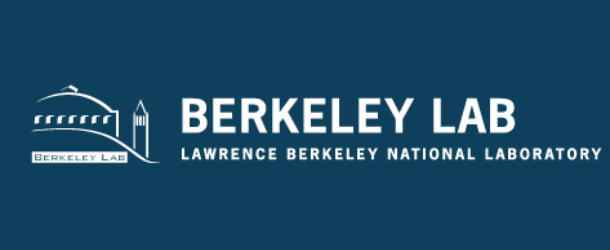Scientists Capture Image of How Electrons in Quantum Spin Liquid Decompose; Development Could Facilitate Development of Superfast Quantum Computers

(ScienceDaily) Scientists have taken a clear picture of electronic particles that make up a mysterious magnetic state called quantum spin liquid (QSL). The achievement could facilitate the development of superfast quantum computers and energy-efficient superconductors. The scientists are the first to capture an image of how electrons in a QSL decompose into spin-like particles called spinons and charge-like particles called chargons.
“Other studies have seen various footprints of this phenomenon, but we have an actual picture of the state in which the spinon lives. This is something new,” said study leader Mike Crommie, a senior faculty scientist at Lawrence Berkeley National Laboratory (Berkeley Lab) and physics professor at UC.
In a QSL, spinons freely move about carrying heat and spin — but no electrical charge. To detect them, most researchers have relied on techniques that look for their heat signatures.
Crommie added that QSLs might one day form the basis of robust quantum bits (qubits) used for quantum computing. In conventional computing a bit encodes information either as a zero or a one, but a qubit can hold both zero and one at the same time, thus potentially speeding up certain types of calculations. Understanding how spinons and chargons behave in QSLs could help advance research in this area of next-gen computing.
Another motivation for understanding the inner workings of QSLs is that they have been predicted to be a precursor to exotic superconductivity. Crommie plans to test that prediction with Mo’s help at the ALS.



















